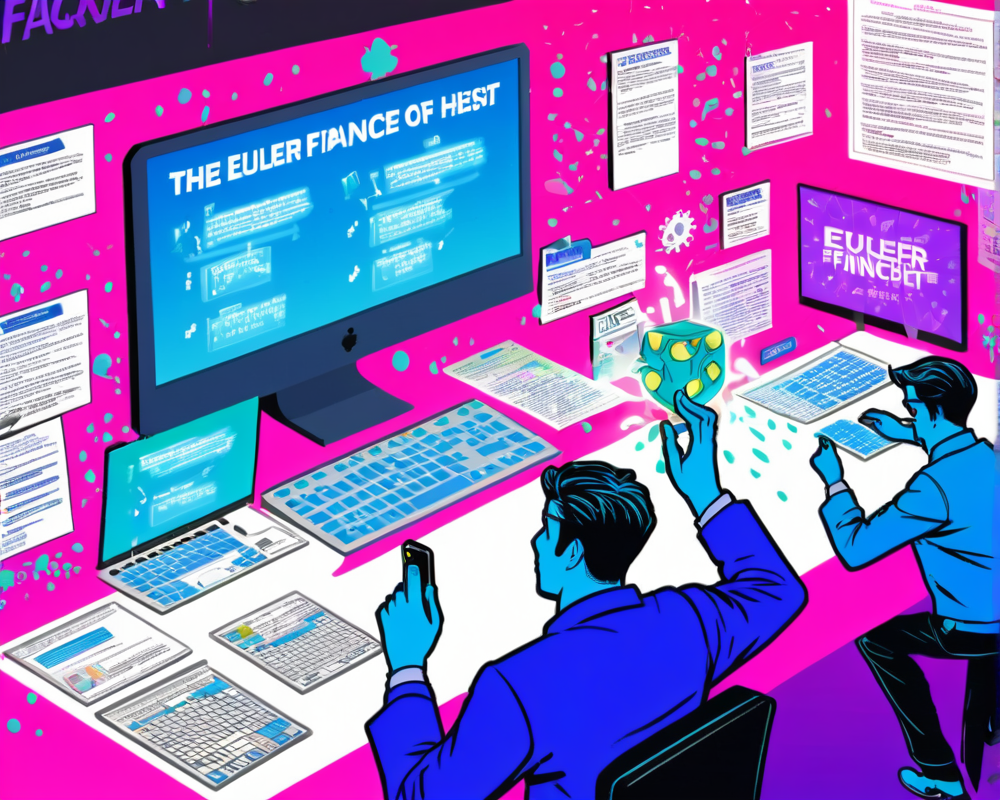The DeFi Landscape: Growth Beyond the Niche
Decentralized Finance (DeFi) has risen rapidly, boasting over $13 billion in total value locked. It’s a bit like a rollercoaster – thrilling, a tad scary, and everyone seems to be talking about it. But unlike those rides, this one could lead the way to serious change, particularly in the business loan market. Picture this: you’re a business owner sitting on a mountain of cryptocurrency, and instead of letting it gather dust, you could borrow against it. Sounds great right? Well, it does come with its complications.
The Over-Collateralization Conundrum
A major hurdle in the DeFi world is the requirement of over-collateralization. For every loan, you need to lock up collateral worth at least 150% of the loan amount. So, if you fancy borrowing $100, you’ll have to part with $150 in collateral. Imagine explaining this concept to your mother-in-law at Thanksgiving – “No, Mom, I actually need to give them my prized collection of comic books too!” This over-collateralization limits accessibility in very real ways, particularly for those who lack the means to front those high collateral amounts.
Reasoning Behind the Volatility Dilemma
The crypto world is notorious for its price swings. The fallout? You’ve got entities like Maker suffering losses—6.65 million Dai lost (that’s about $6.65 million!) due to just that. That excuse of “I swear it was stable just last week!” is wearing thin in the DeFi space. Borrowers often face liquidation penalties if their collateral’s value drops too low, leading to an environment filled with anxiety instead of financial empowerment.
Connecting to Reality: The Missing Link
While some crypto enthusiasts prefer to remain in their digital bubbles, the truth is: to grow sustainably, DeFi needs to integrate with real-world assets. Right now, it’s like a teenager who refuses to leave home. Sure, it’s cozy, but it won’t thrive without the right mix of external influences. By sticking to purely crypto assets, companies can’t borrow unless they’re ready to fight with a pile of digital coins. Meanwhile, prices of DeFi tokens fluctuate, making it hard to rely on them for stability.
The Bonding Solution: A Win-Win
So, how do we build that bridge? Bonds and fixed-income securities might just be the sturdy ropes we need. Think about it: bonds can generate consistent fixed income while also providing stable collateral against loans. It’s like connecting your Wi-Fi to a power line – you’ll always have a solid connection. Corporates could borrow money without the pesky middlemen and all their associated costs. Plus, investors enjoy a rare kind of stability unheard of in the traditional market.
Addressing the Hurdles Ahead
However, our heroes face challenges in this epic journey. For one, DeFi currently operates separately from traditional finance. Borrowing still hangs in the balance of crypto, and there’s no existing playbook for linking these two worlds. Another issue? Corporates are stuck only operating in fiat, adding another layer of complexity to the situation. Legal frameworks are also a major pain point – without formal agreements, navigating loan repayments is a bit like trying to dance with two left feet.
Wrapping It Up: Solutions on the Horizon
The key takeaway? DeFi needs to lay down the breadcrumbs leading to the traditional finance forest. This includes creating solid infrastructures that bridge digital assets with the old-school world of bricks and mortar finance. If we can level the playing field, corporations could access that sweet, sweet liquidity, while regular investors can enjoy the perks of diversified income streams. But fear not, this isn’t just a dream – it’s doable with strategic, compliant solutions that benefit everyone, ensuring a bright future for both DeFi and traditional finance.




